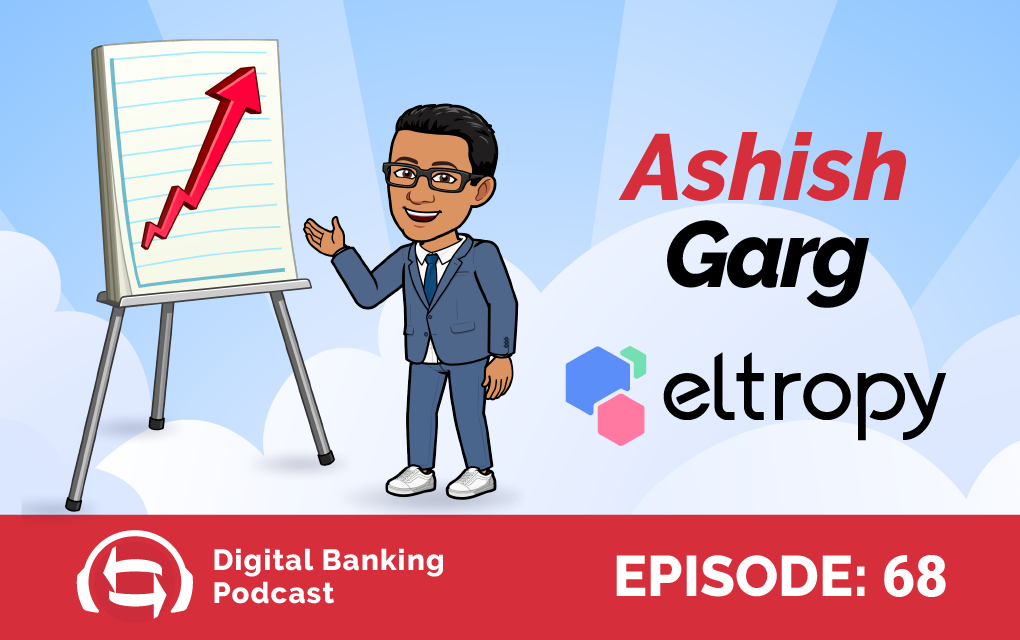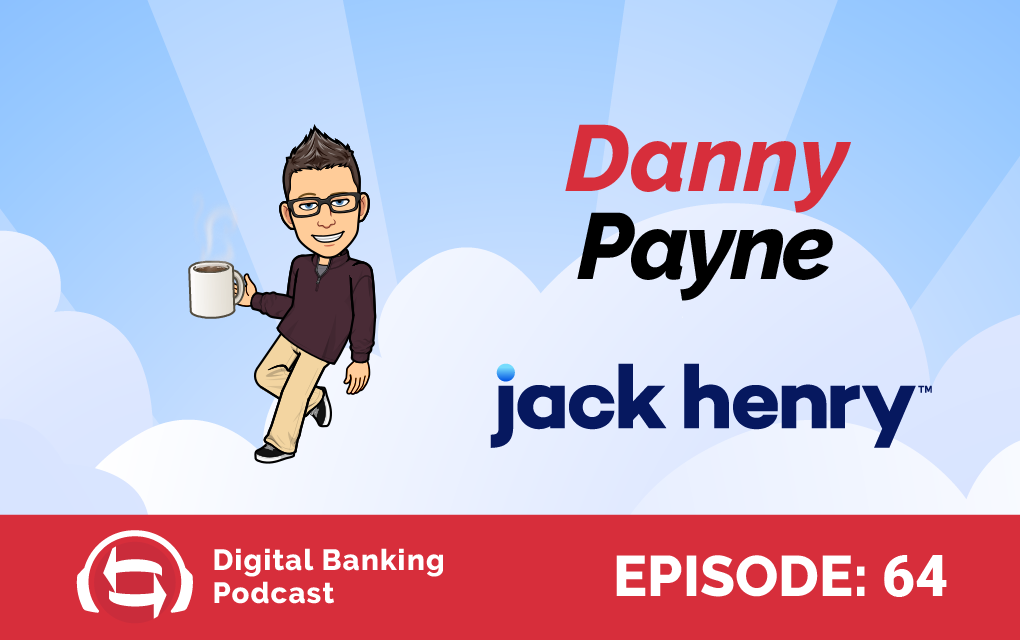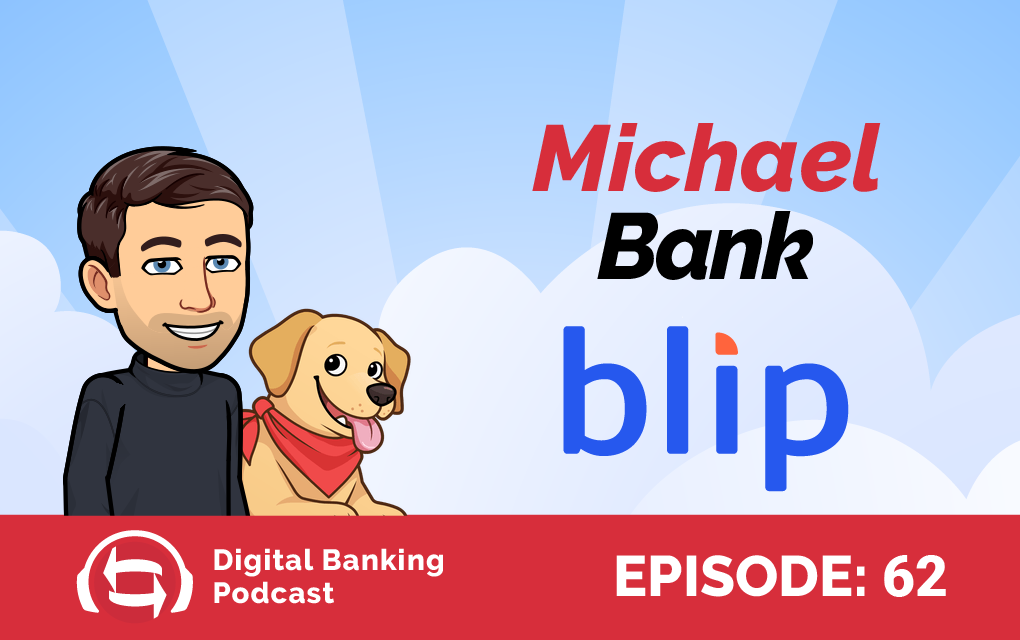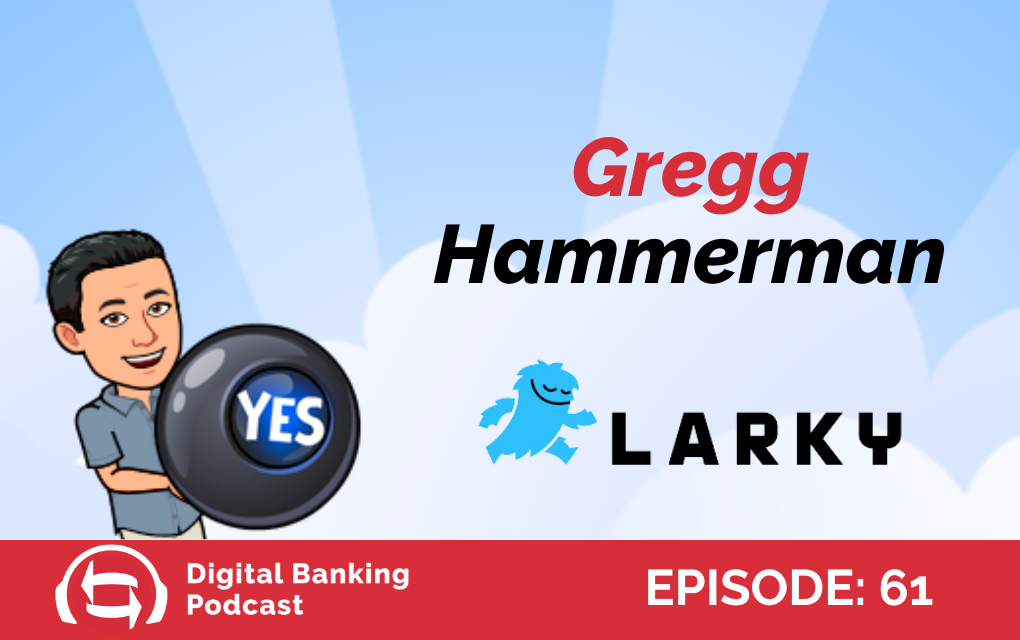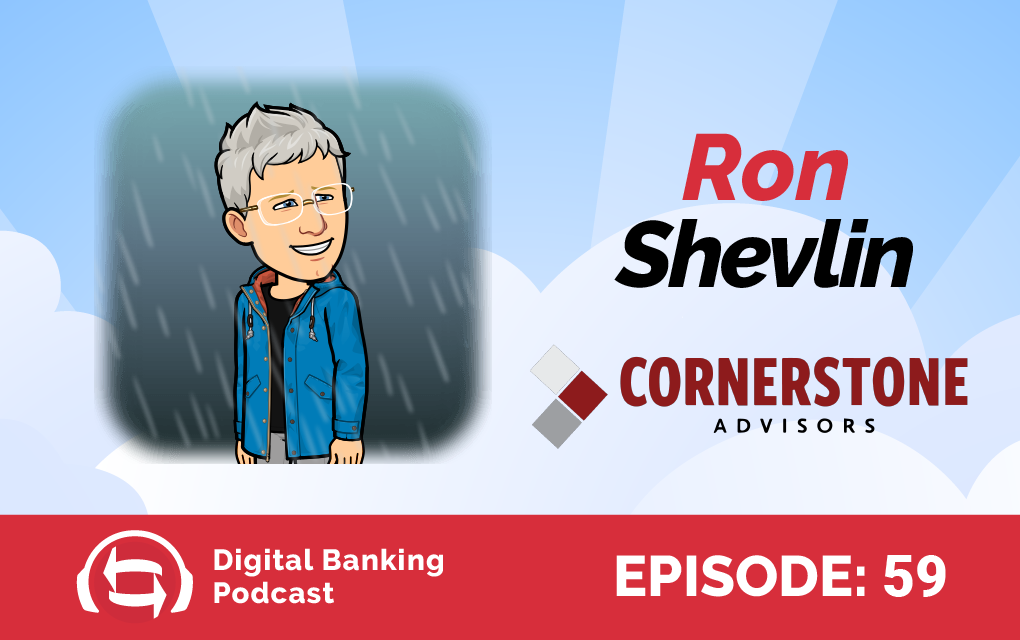CUProdigy’s Community-Oriented Approach to Digital Banking for Credit Unions
LISTEN NOW!
EPISODE: 02


Amber Harsin
Episode Summary
Credit unions are uniquely able to create intimate relationships with members, especially in rural towns where access to critical resources is limited.
A passionate advocate and CEO of CUProdigy, Amber Harsin understands that better than most. She’s committed much of her career to credit unions — she credits working in branch after high school with providing unique opportunities to discover her full potential.
Now, she ensures CUProdigy, a core data processor vendor, can help credit unions empower the financial stability of their members through seamless multi-channel user experiences.
Between navigating a global pandemic and a series of earthquakes, Amber’s first six months of her latest role with the Credit Union Service Organization (CUSO) have been a rollercoaster.
Still, in this episode of the Digital Banking podcast with host and Tyfone’s VP of Sales and Marketing Josh DeTar, Amber shares her enthusiasm to help credit unions help others.
Technology plays a significant role in supporting credit unions to change business models, so it’s important that providers modernize their core infrastructure and architecture.
And to get ahead of 2020’s ripple effects, credit unions should apply these tools to offer digital financial services in creative ways, like placing kiosks in local hubs to give the people-first experience they’re known for.
During our conversation, Amber also tells the CUProdigy origin story, how the CUSO approaches servicing credit unions and what would happen if community banks disappeared from small towns.
Plus, how can credit unions differentiate themselves from competing conglomerates that cash in on convenience?
Key Insights
⚡Technology providers like CUProdigy enable credit unions to highlight their differentiators against the PayPal’s and Venmo’s of the financial world, and that’s crucial: ”If every single thing about how we live and operate is run by Google or Amazon, what does that really mean for us stability wise?” asks Amber.
⚡Credit unions, your community presence strategy should include more than just physical approaches. Get creative to figure how to create person-less touchpoints that still allow you to have a presence beyond an ATM machine — Amber suggests placing a thinking kiosk at local high schools or churches.
⚡Amber frequently reminds her team that she doesn’t view their members as clients or users — no technology provider should. Instead, service credit unions longterm by prioritizing personal connections and treating members like family. That’s the people-helping-helping approach.
Episode Highlights
CUProdigy’s origin story: The CUSO model
“Prodigy was formed almost 30 years ago when a group of credit unions got a really ugly phone call from their vendor that said, ‘We’re declaring bankruptcy; we don’t know where you’re going to go, but you’re gonna have to figure it out.’ … so they got creative and said, ‘Why don’t we start CUSO and buy the software?’ … The CUSO model has really spoken to the collaboration and the strength of credit unions when they band together and [are given] technology. And it’s framed for us the opportunity to do different things you don’t see in this space very often.”
At its core, credit unions are about people helping people
“Unbeknownst to the credit union I was working for at the time, they really gave me the leg up I needed personally to take care of my responsibilities and make something of myself. In addition to that, they taught me so much about how to handle finances … and those things have really added up for me over the years as I’ve been part of helping other people overcome those challenges, as I’ve stepped up higher into a more holistic view of the industry working for a core, and how credit unions have the ability to play such a vital role to each individual member of our community.”
Dealing with challengers like Venmo and PayPal and showing impact
“It’s not all about having lower rates and better fees; it’s so much bigger than that … It’s this constant kind of reminder of what separates us from the competitors, especially now with the Venmos, PayPals [and] Facebook money transfers … it’s going to be more important than ever that credit unions focus on speaking their truth and what they’ve always been doing, and making sure we continue advocating at the local and national level for credit unions.”
Technology providers can enable credit unions’ people-first approach
“The core is providing technological services for the credit unions to manage whatever user experience they wish to give from a digital channel. It’s aggregating their data and helping them see patterns and find opportunities to help their members as well as efficiencies, and providing job opportunities for the people that live in the communities that work in those branches.”
The danger of community credit unions and banks disappearing
“There [are] parts of this country that don’t have great internet access — how do you access digital currency if you can’t even get online? So many are going to be faced with the challenges of what to do with cash when they do have it. I think they’re going to be forced into scenarios that aren’t going to be in their best interests. We talk about the consumer being able to make choices, right? They don’t have any choices in that arrangement. They’re going to have to take whatever somebody finally throws out to give them, whether it’s a Bank of America or Chase [Bank] a hundred miles away. And those institutions are not there to invest back in that community.”
Can credit unions create a solid foundation post-2020? Yup!
“You still have to look at how you [are] going to create that intimate presence and support the community. Maybe your presence in the community isn’t a branch anymore — maybe it’s participating at your chamber of commerce [or] as board members for various social causes in the communities. It doesn’t have to be a branch to still support the community in some way. Then, how do you also make sure they have access digitally in the way we’re accustomed to? And get creative with how you create a presence in the community that doesn’t rely on a branch and people: [look] at self-service kiosks and things that can do anything your tellers can do.”
Beware: technology providers can limit community building blocks
“When we don’t invest in keeping ourselves as modern as the credit unions are expected to keep themselves, we get in their way all the time. Two, I think technology providers can make the process really clunky for credit unions when they start nickel and diming pricing … where there’s a lot of surprise costs that come into play, and [credit unions] don’t always get passed on the benefits of scalability… Then, I feel like a danger that can happen in cores is you can’t be everything to everyone — when you try to build what you have to be everything to everyone, I think you just get a mediocre experience.”
